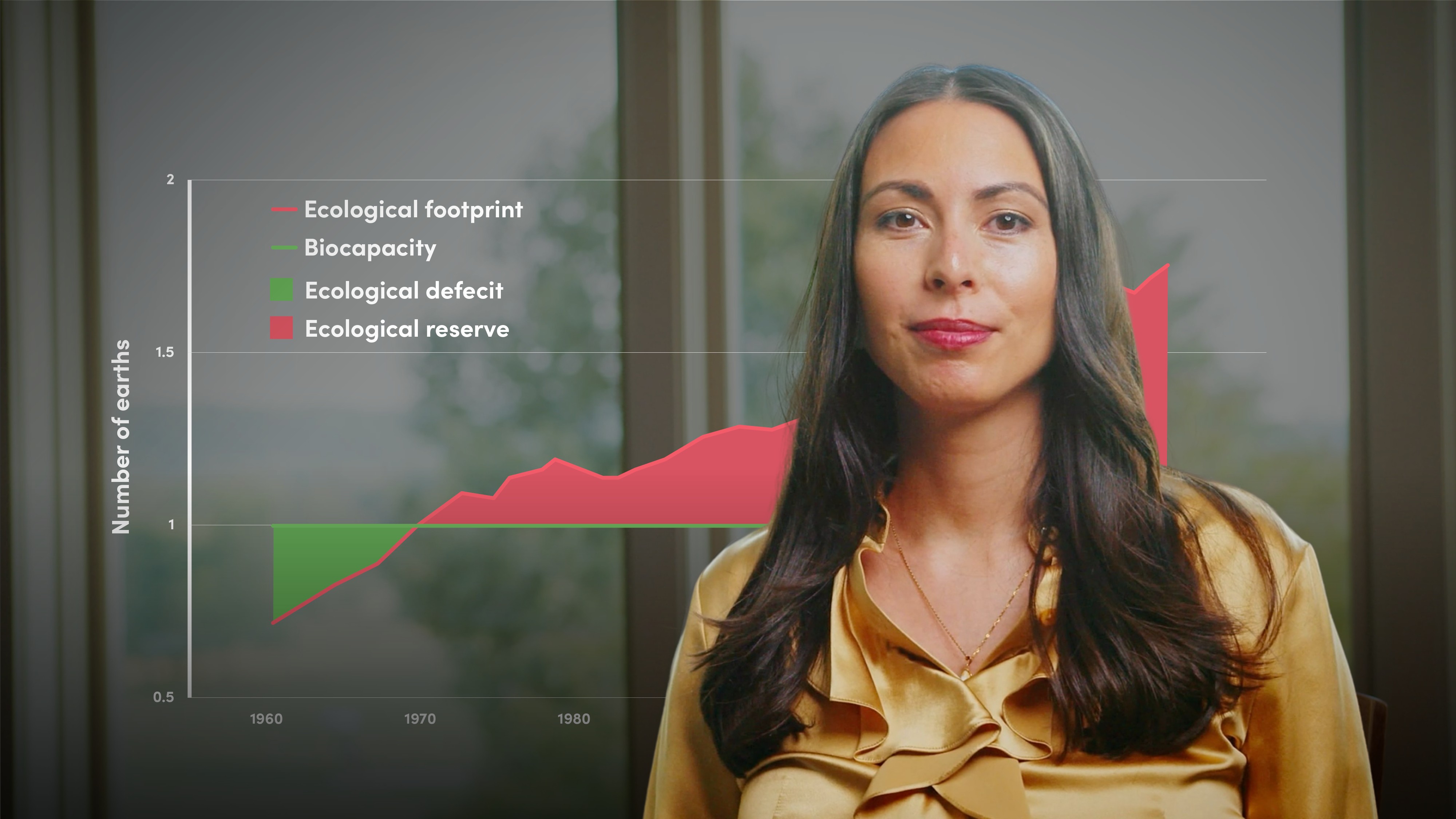
What Does the Data Tell Us About Growth?

Gaya Herrington
15 years: Sustainable Economics
In the previous video, Gaya introduced the four scenarios considered in the Limits to Growth model. In this video, she will explain the alignment of these scenarios with empirical data of the past few decades, based on her own research.
In the previous video, Gaya introduced the four scenarios considered in the Limits to Growth model. In this video, she will explain the alignment of these scenarios with empirical data of the past few decades, based on her own research.

What Does the Data Tell Us About Growth?
12 mins 47 secs
Key learning objectives:
Outline the five insights provided by Gaya to avoid global collapse
Understand how the new empirical data compares to the original scenarios
Understand the implications of the research results
Overview:
Having understood how the Club of Rome constructed the first system dynamics model of the world, and what its different scenarios imply for human well-being in the future, we turn now to Gaya’s research on the validity and accuracy of the model. By comparing the scenarios with empirical data, we can assess where humankind stands today. The implications from these findings are a stark reminder that although we can still change our future, we must act decisively now to shift towards a stabilised world trajectory. This involves a systemic change, and requires us to give up the growth pursuit.
- We live in systems (connected living)
- Perpetual growth is not a good goal for our economic system
- We need fundamental, not incremental, changes in society’s priorities
- We are fast running out of time to make these systemic changes
- Limits do not mean the end of progress, they are guideposts towards a better world
- Innovation takes time and nature is not unbounded
- Technology is a tool and will primarily serve the system’s goal (growth pursuit)
- Global society has been living above Earth's carrying capacity since the late '70s
- We have already crossed 6 of the 9 planetary boundaries
- We have crossed 7 out of 8 of these globally quantified safe and just Earth System boundaries
- IPCC’s other climate scientists’ research suggests that we are on the path to cross 1.5 degree warming by 2027 and that by the end of this century climate change will have driven away about one third of the human population from places they have originally lived.

Gaya Herrington
There are no available Videos from "Gaya Herrington"

